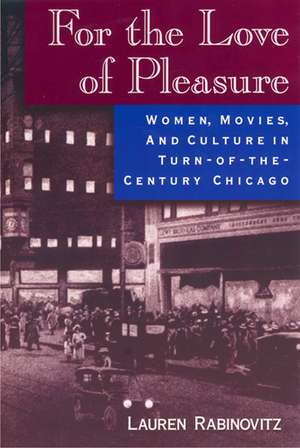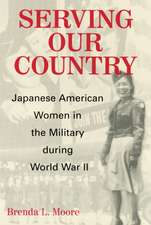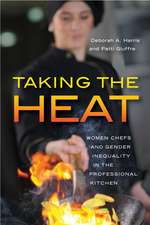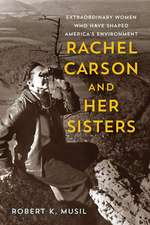For the Love of Pleasure: Women, Movies, and Culture in Turn-of-the-Century Chicago
Autor Lauren Rabinovitzen Limba Engleză Paperback – mai 1998
"One of the most readable books on early cinema I have ever encountered. . . . Rabinovitz ably brings together a wealth of information about the exciting era of social change that marked the beginning of U.S. cinema."
--Gaylyn Studlar, atuhor of This Mad Masquerade: Stardom and Masculinity in the Jazz Age
The period from the 1880s until the 1920s saw the making of a consumer society, the inception of the technological, economic, and social landscape in which we currently live. Cinema played a key role in the changing urban landscape. For working-class women, it became a refuge from the factory. For middle-class women, it presented a new language of sexual danger and pleasure. Women found greater freedom in big cities, entering the workforce in record numbers and moving about unchaperoned in public spaces. Turn-of-the-century Chicago surpassed even New York as a proving ground for pleasure and education, attracting women workers at three times the national rate. Using Chicago as a model, Lauren Rabinovitz analyzes the rich interplay among demographic, visual, historical, and theoretical materials of the period. She skillfully links cinema theory and women's studies for a fuller understanding of cultural history. She also demonstrates how cinema dramatically affected social conventions, ultimately shaping modern codes of masculinity and feminity.
--Gaylyn Studlar, atuhor of This Mad Masquerade: Stardom and Masculinity in the Jazz Age
The period from the 1880s until the 1920s saw the making of a consumer society, the inception of the technological, economic, and social landscape in which we currently live. Cinema played a key role in the changing urban landscape. For working-class women, it became a refuge from the factory. For middle-class women, it presented a new language of sexual danger and pleasure. Women found greater freedom in big cities, entering the workforce in record numbers and moving about unchaperoned in public spaces. Turn-of-the-century Chicago surpassed even New York as a proving ground for pleasure and education, attracting women workers at three times the national rate. Using Chicago as a model, Lauren Rabinovitz analyzes the rich interplay among demographic, visual, historical, and theoretical materials of the period. She skillfully links cinema theory and women's studies for a fuller understanding of cultural history. She also demonstrates how cinema dramatically affected social conventions, ultimately shaping modern codes of masculinity and feminity.
Preț: 288.59 lei
Nou
Puncte Express: 433
Preț estimativ în valută:
55.22€ • 57.81$ • 45.69£
55.22€ • 57.81$ • 45.69£
Carte tipărită la comandă
Livrare economică 07-21 aprilie
Preluare comenzi: 021 569.72.76
Specificații
ISBN-13: 9780813525341
ISBN-10: 0813525349
Pagini: 256
Ilustrații: 1
Dimensiuni: 152 x 229 x 18 mm
Greutate: 0.37 kg
Ediția:None
Editura: Rutgers University Press
Colecția Rutgers University Press
ISBN-10: 0813525349
Pagini: 256
Ilustrații: 1
Dimensiuni: 152 x 229 x 18 mm
Greutate: 0.37 kg
Ediția:None
Editura: Rutgers University Press
Colecția Rutgers University Press
Notă biografică
LAUREN RABINOVITZ is Professor of American Studies and Cinema at the University of Iowa. She is the author of For the Love of Pleasure: Women, Movies, and Culture in Turn-of-the-Century Chicago and coeditor of Television, History, and American Culture: Feminist Critical Essays, published by Duke University Press.
ABRAHAM GEIL is an instructor in media history at the New School University in New York City.
ABRAHAM GEIL is an instructor in media history at the New School University in New York City.
Cuprins
List of Illustrations
Acknowledgments
Introduction
One: Women and Sightseeing
Two: Movies and Their Places of Amusement
Conclusion
Notes
Selected Bibliography
General Index
Film Index
Acknowledgments
Introduction
One: Women and Sightseeing
Two: Movies and Their Places of Amusement
Conclusion
Notes
Selected Bibliography
General Index
Film Index
Descriere
The technological, economic and social landscape of the consumer society was formed between the 1880s and 1920s. The author of this study shows how cinema played a key role in changing the urban landscape, using Chicago as a model and linking cinema theory with women's studies.

















